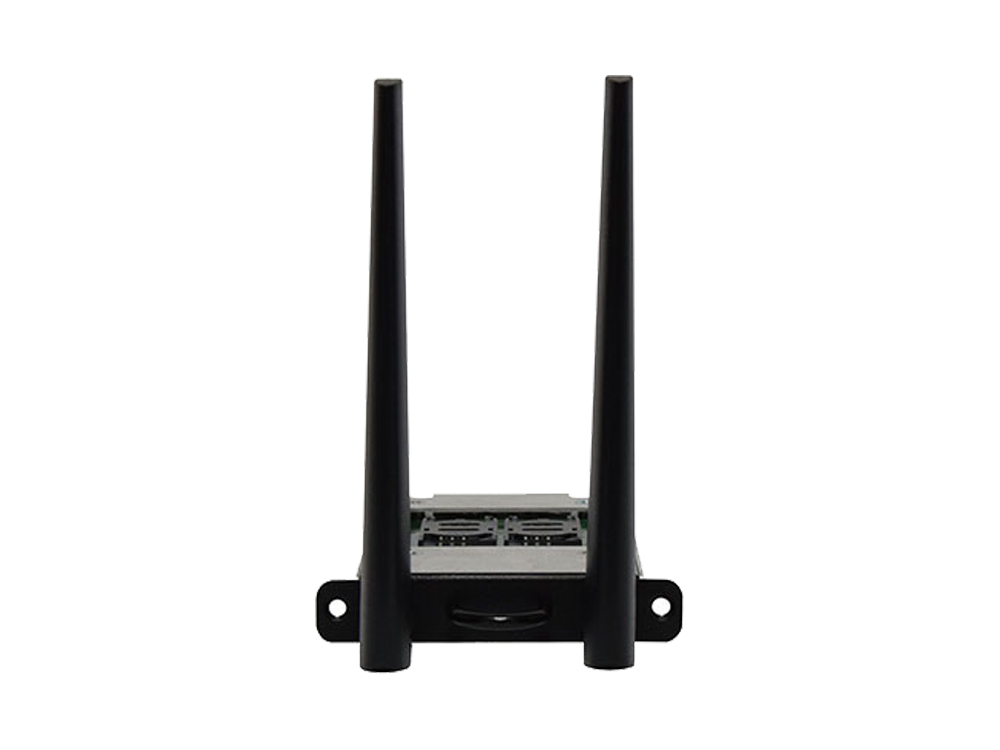Background
The previous evolutions of telecommunication technology, from 1G to the current 4G, have been developed to enhance communications and connectivity among human beings. Each generation was considered as a revolution in the field of information communication technology at the time it was launched. For instance, 1G pioneered the first mobile communication, despite its primitive data transfer rate. Since 2G, text messages became available and 3G allowed us to enjoy functions like web browsers and multimedia streaming began to emerge. The current 4G has been the tipping point of cloud computing, mobile Apps, social networks and SaaS (software as a service). The next generation, 5G, has been anticipated to realize the true potential of IoT (Internet of Things), which was also thought to be the first cellular technology to bridge between devices. However, some enterprises have already launched their IoT services and applications to customers in order to get ahead of the increasingly competitive market, and the reason behind their successful launch is Private LTE.
Private LTE is based on the current LTE infrastructure and it has already been adopted in the mission-critical IoT applications. In fact, Private LTE can be considered as the transitional IoT orchestration prior to the official introduction of 5G, as it promises wide-coverage wireless connectivity, secure network traffic and reliable connection for each section of business operations. Enterprise networks are no longer bounded by traditional connectivity technologies while achieving cost-effectiveness and agile network management for mission-critical applications.
The Characteristics of Private LTE
The orchestration principles of Private LTE lies in the adoption of private communication networks, consisting of dedicated equipments for a specific application, mostly by narrowband networks and spectrums. For instance, MulteFire, a LTE-based protocol developed to operate standalone in unlicensed and shared spectrum, like the global 5 GHz band, is a highly favored option. Another common choice is the CBRS (Citizen Broadband Radio Service) band, which is also an unlicensed spectrum. The latter is currently undergoing FCC evaluation.
Although Private LTE is considered as the IoT foundation before the realization by 5G, it is important to note that this network technology is not used in a world where users enjoy video streaming or online entertainment that requires intensive data transfer. Instead, Private LTE is applied in highly specific environment, such as field service, hospital, and assembly lines where interconnection between human beings and machine processes are crucial. In other words, Private LTE is the foundation of the cloud for mission-critical applications.
Most of today’s vertical applications for Private LTE are locally controlled, optimized and deployed. Due to the use of private, dedicated equipments and network protocols, it ensures no possibility of sudden in-flood of traffic so that performance and security are assured. In addition, through the use of unlicensed or shared spectrum, it accelerates the deployment time. Therefore, Private LTE has gained momentum in the industrial IoT sector.
Recommended Hardware
Private radio network is one of the key elements to build up Private LTE network. Although there are not many networking hardware built for this scenario, it is suggested to install an external module to enable such function. For instance, the PGN-600 radio modem module by Lanner Electronics Inc. is an optimal add-on for data center appliances. PGN-600 supports 4G/LTE CAT-12 radio modem specifications and has been certified or evaluated as compliance by AT&T, PTCRB, CBRS and FirstNet. Designed for mission-critical applications, PGN-600 supports 4G/LTE failover as fault-tolerant mechanism to ensure constant operations.







